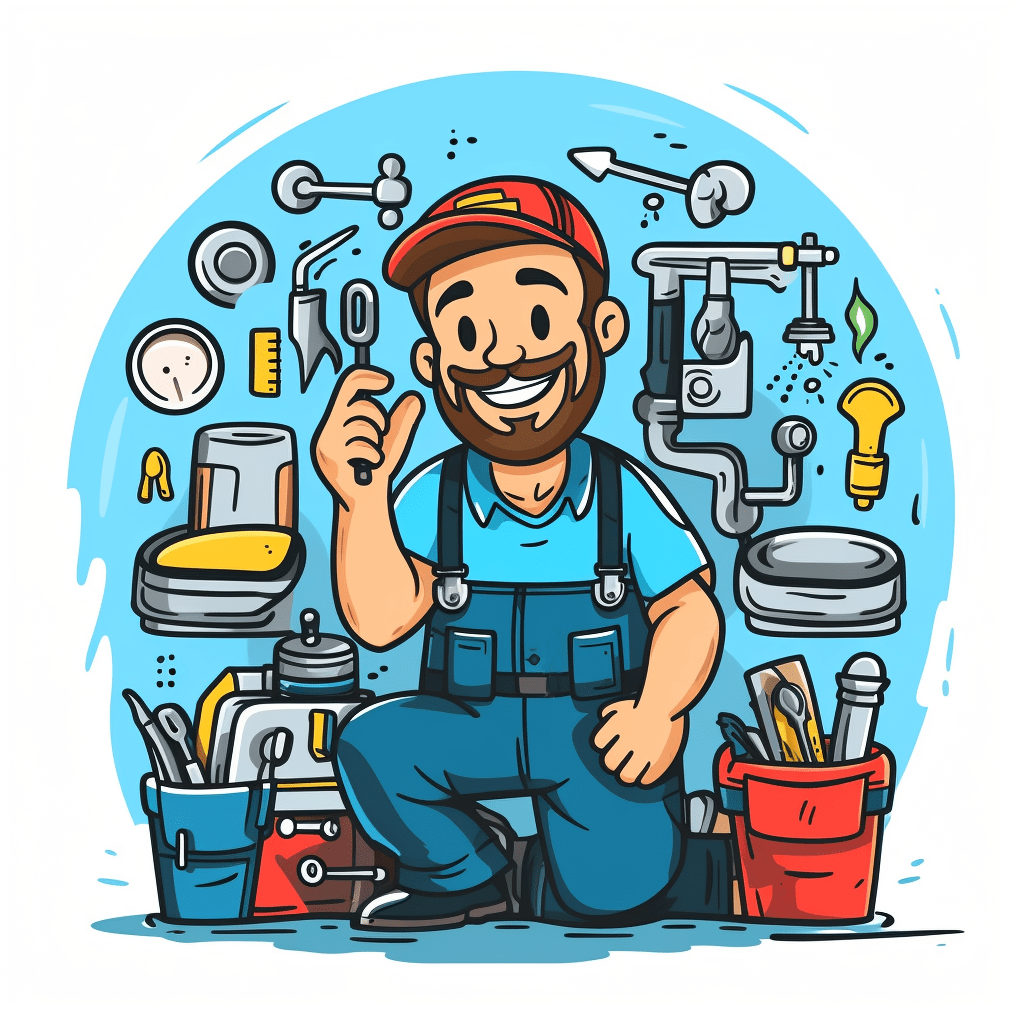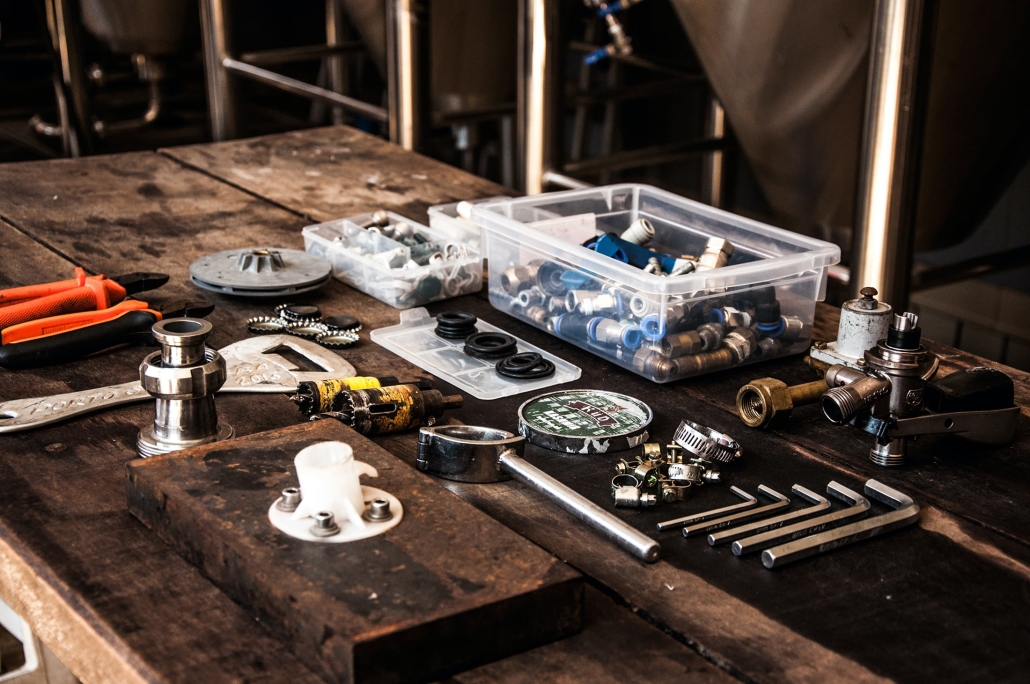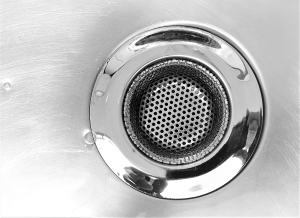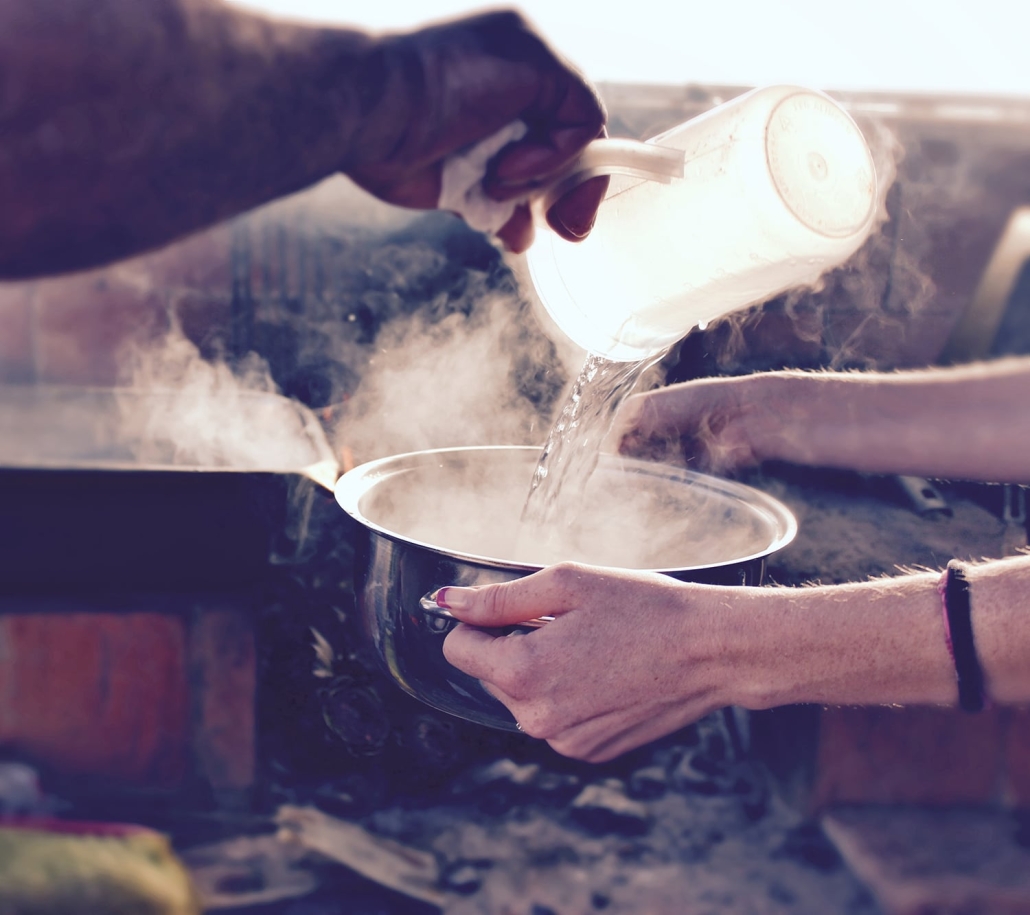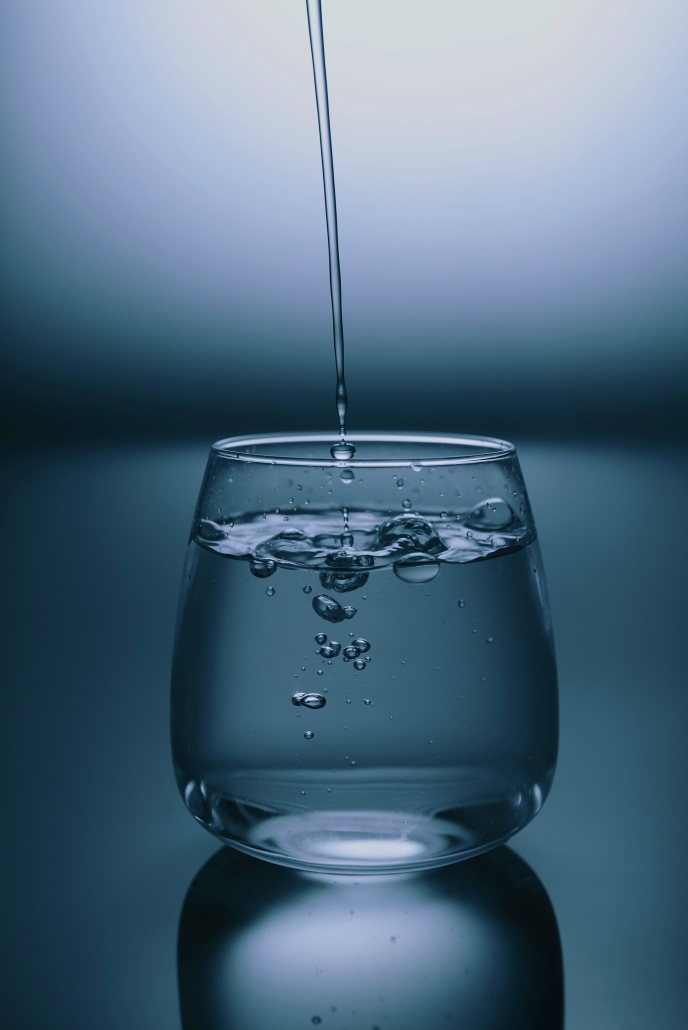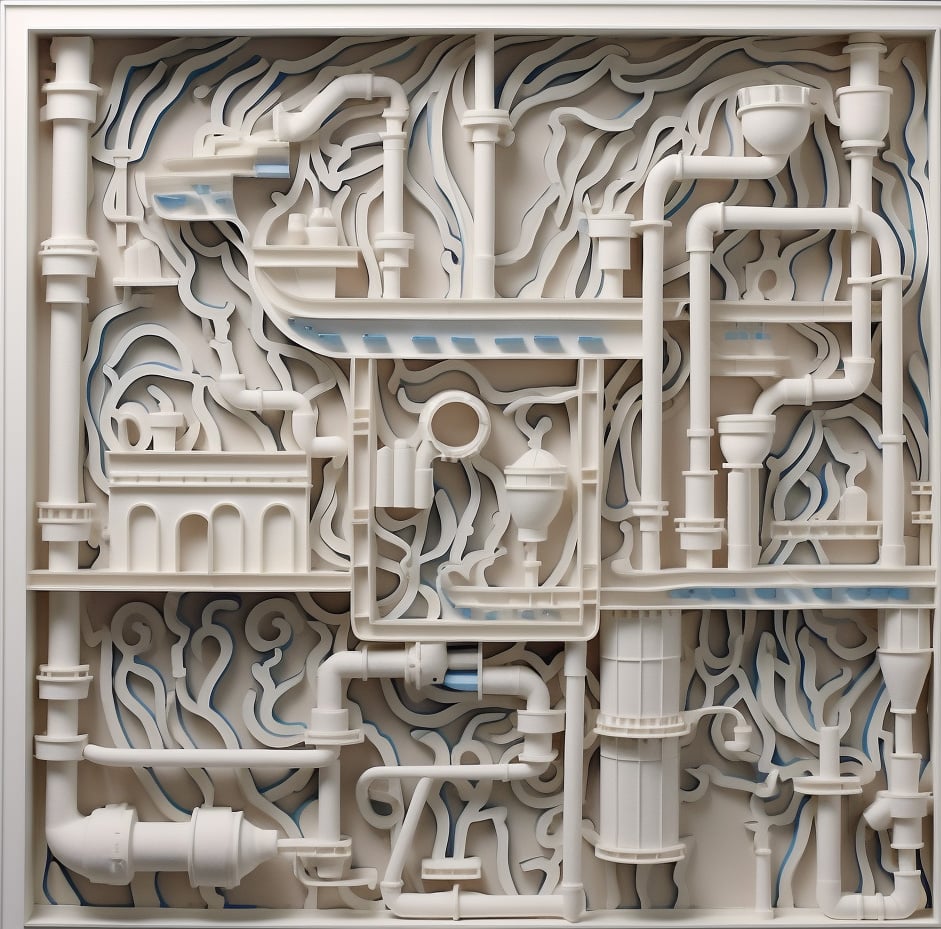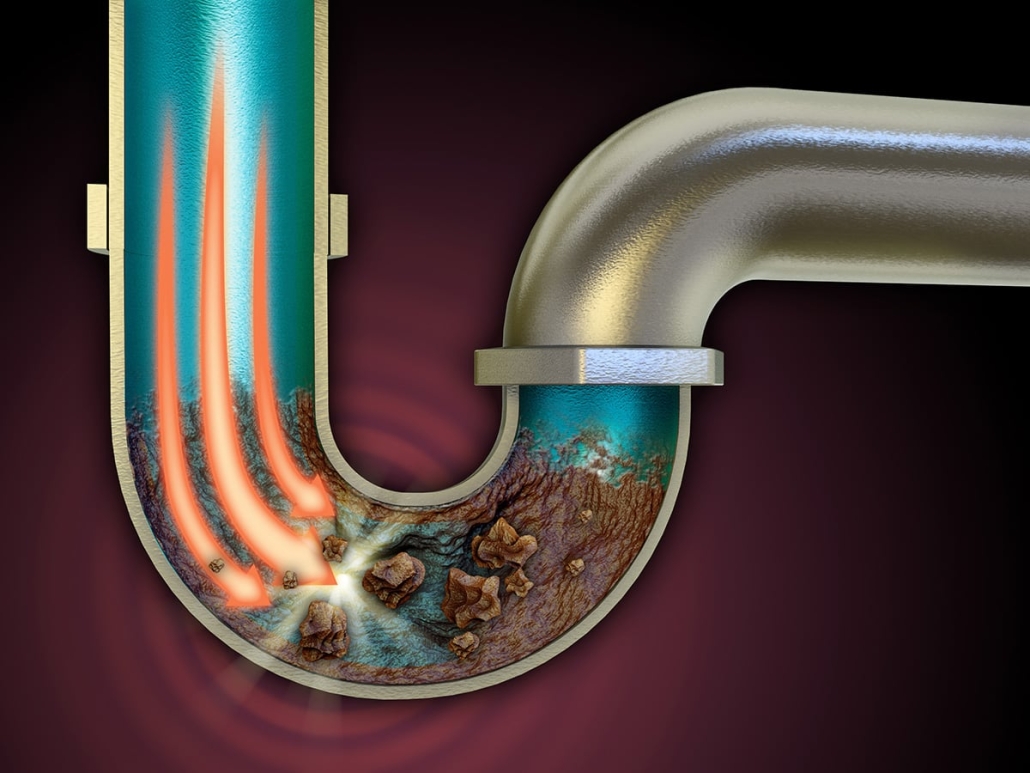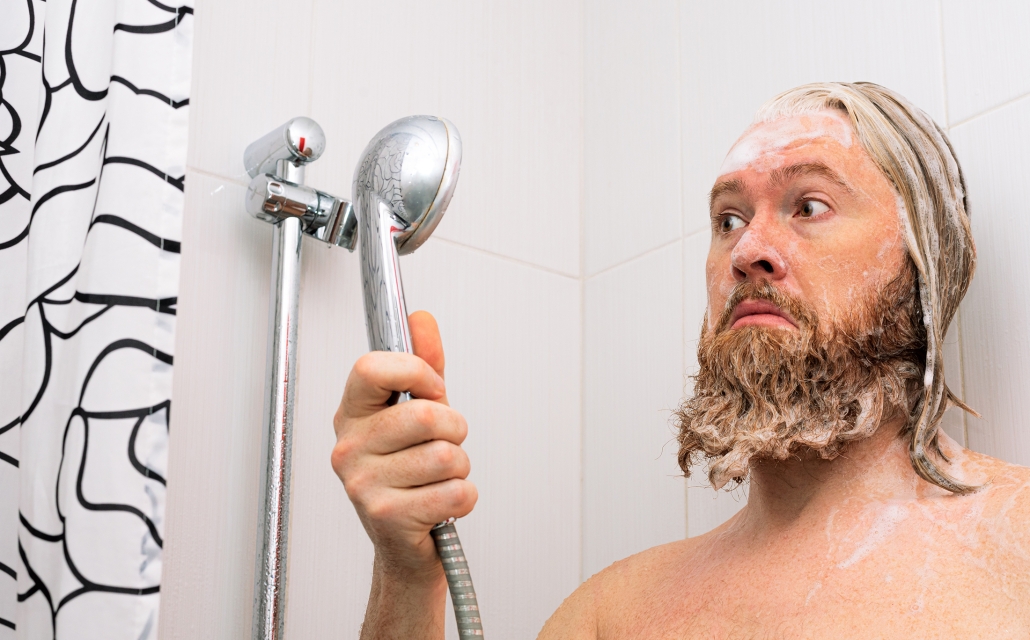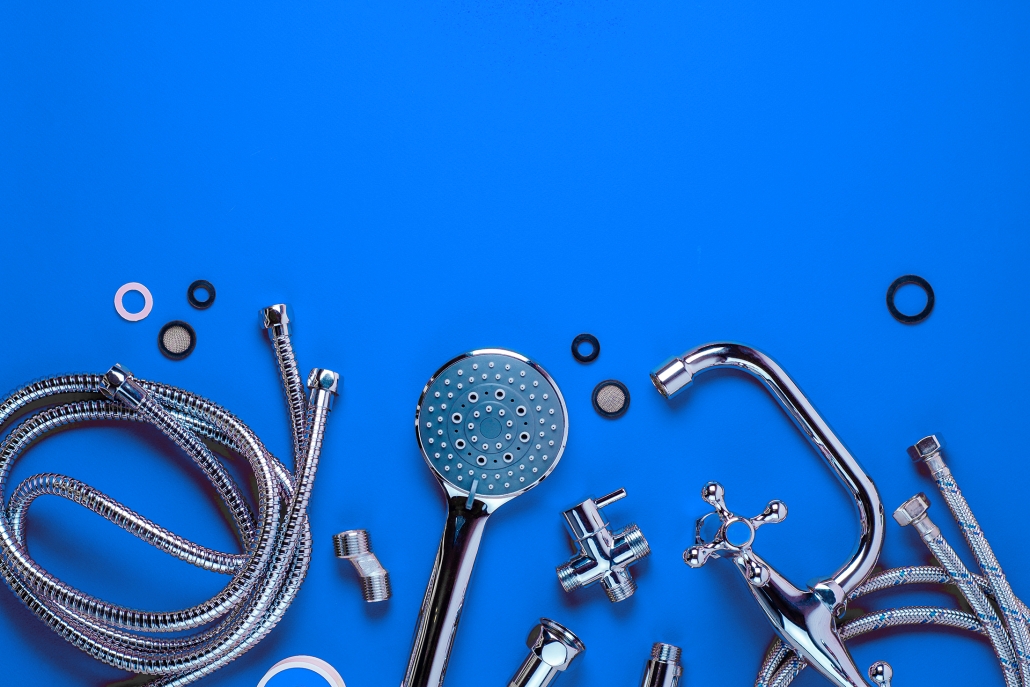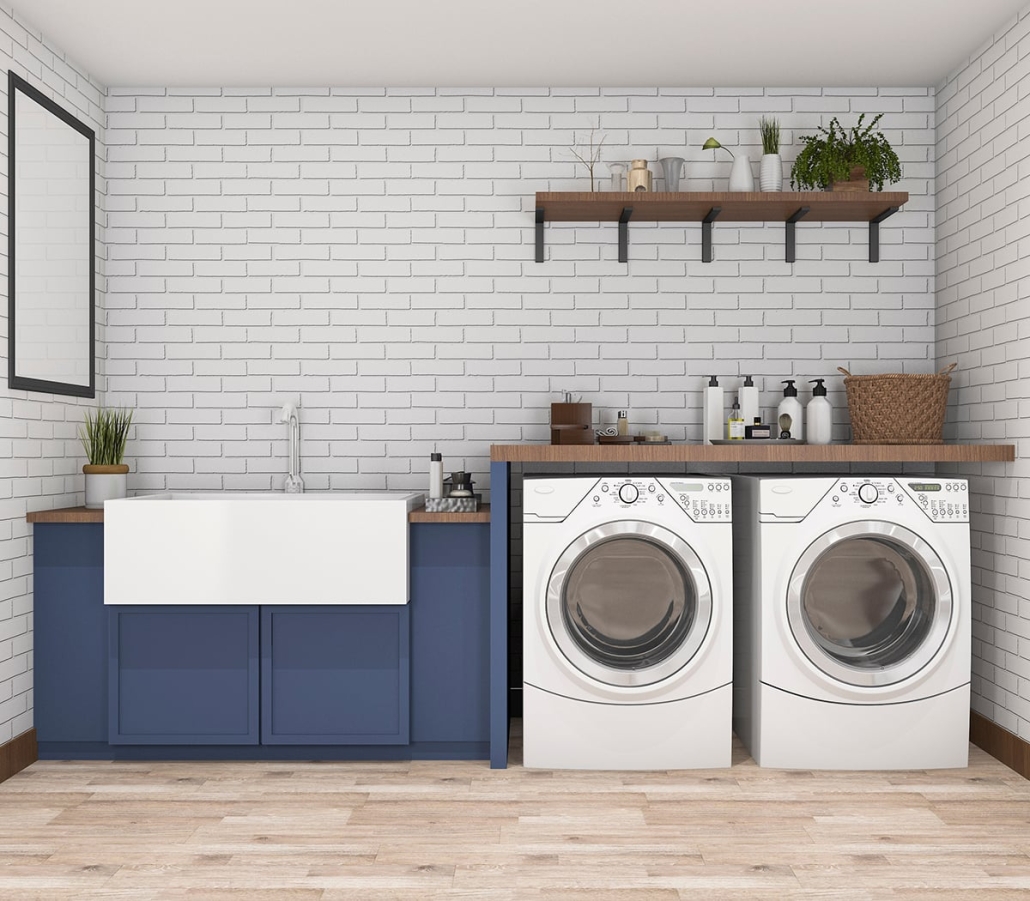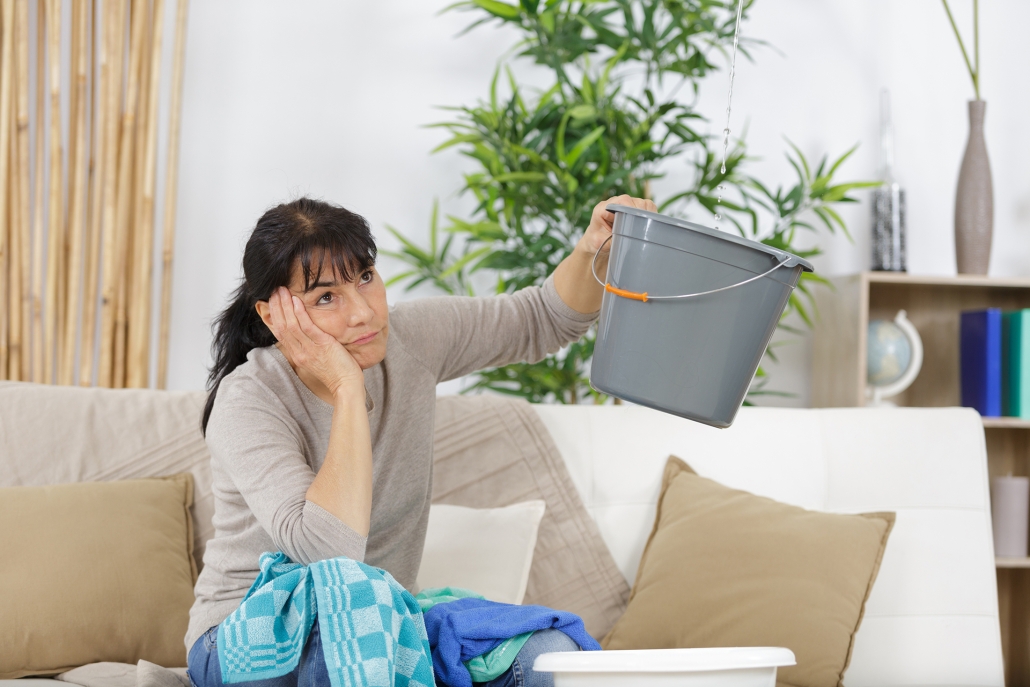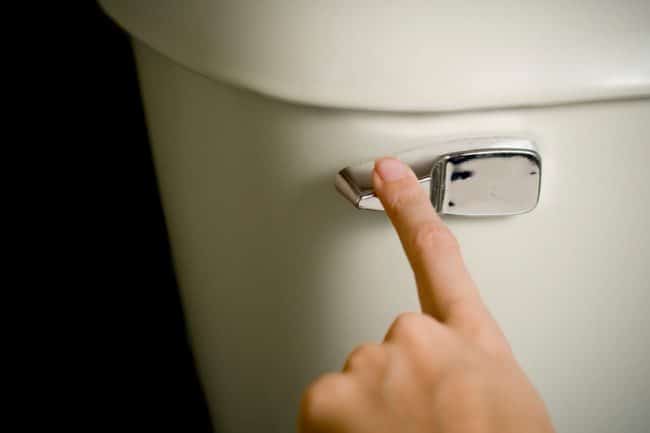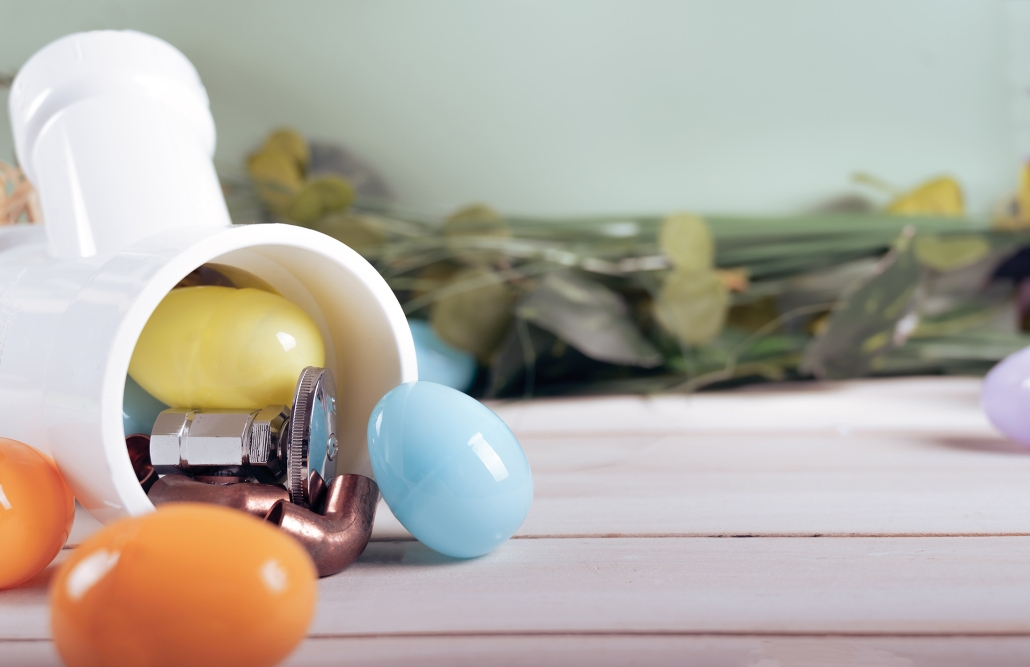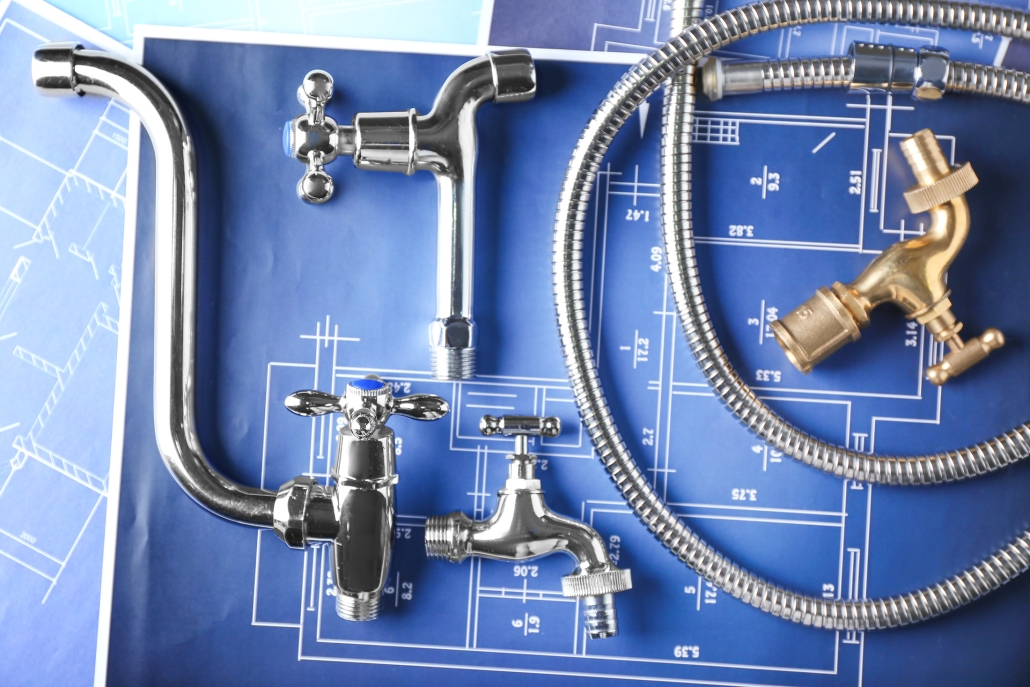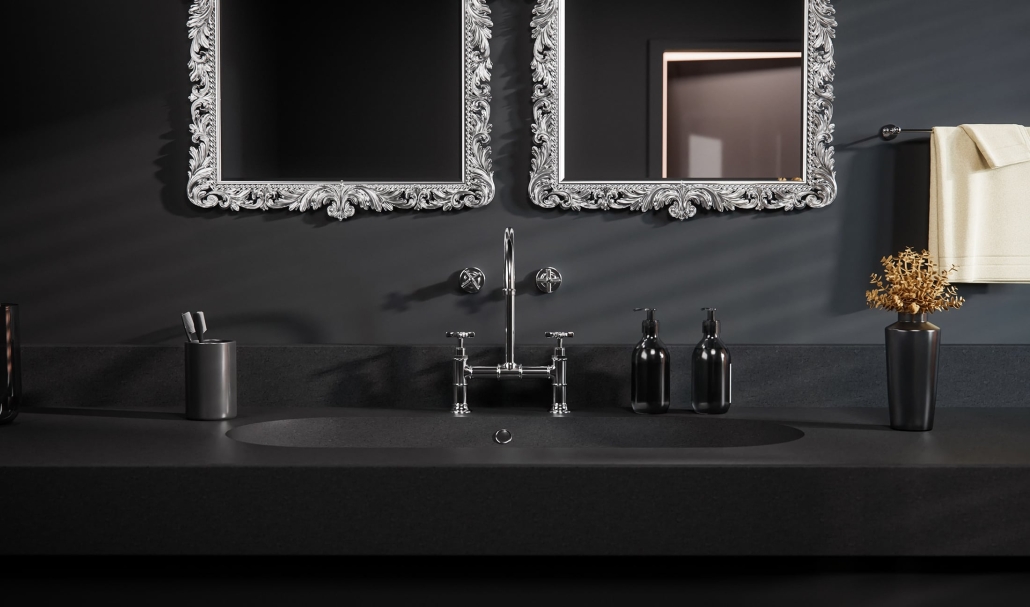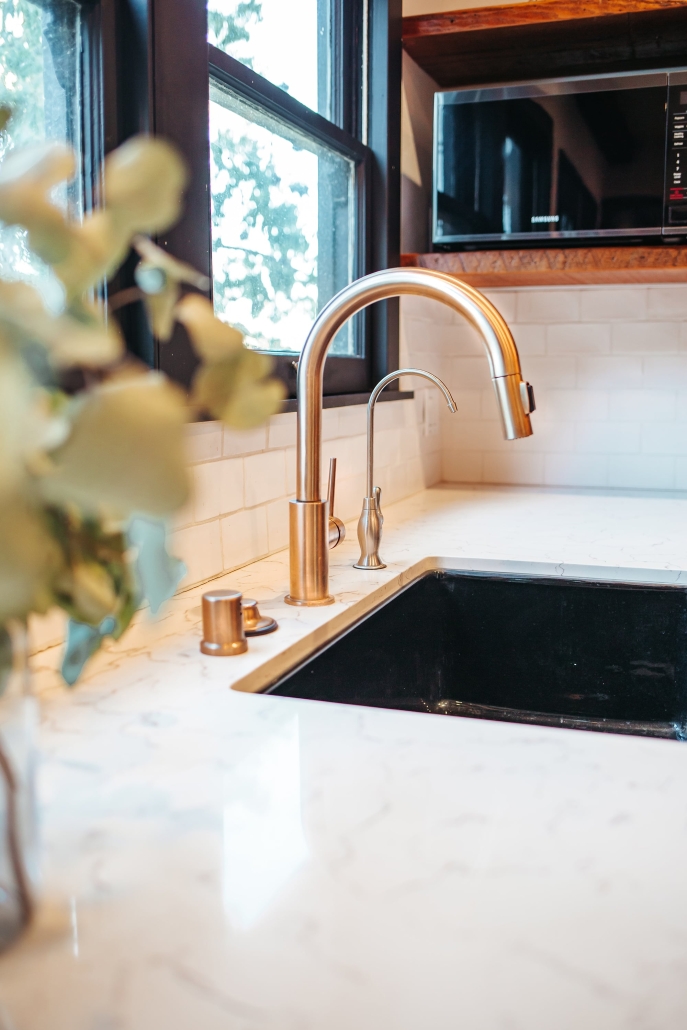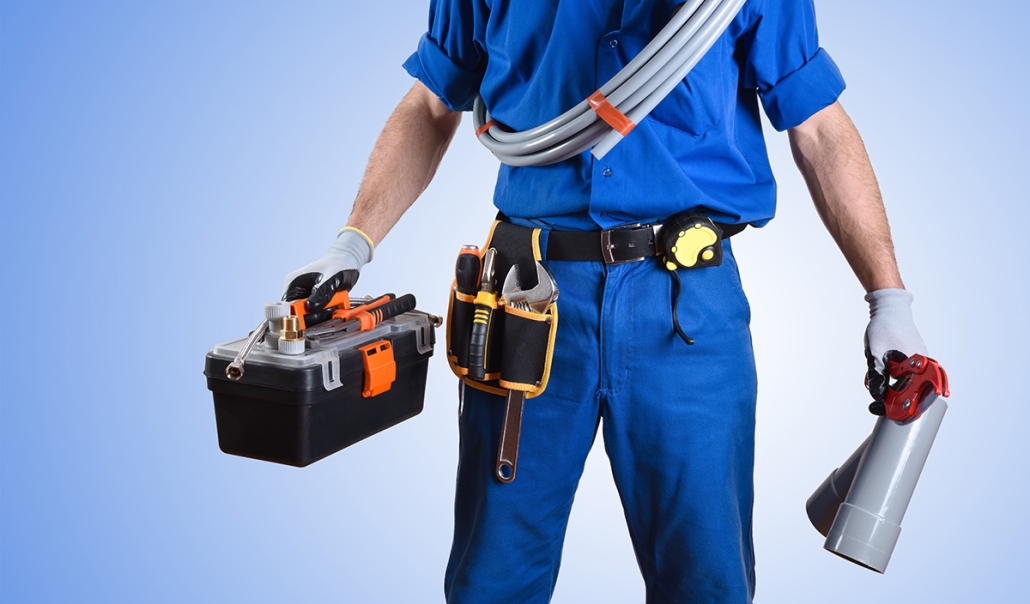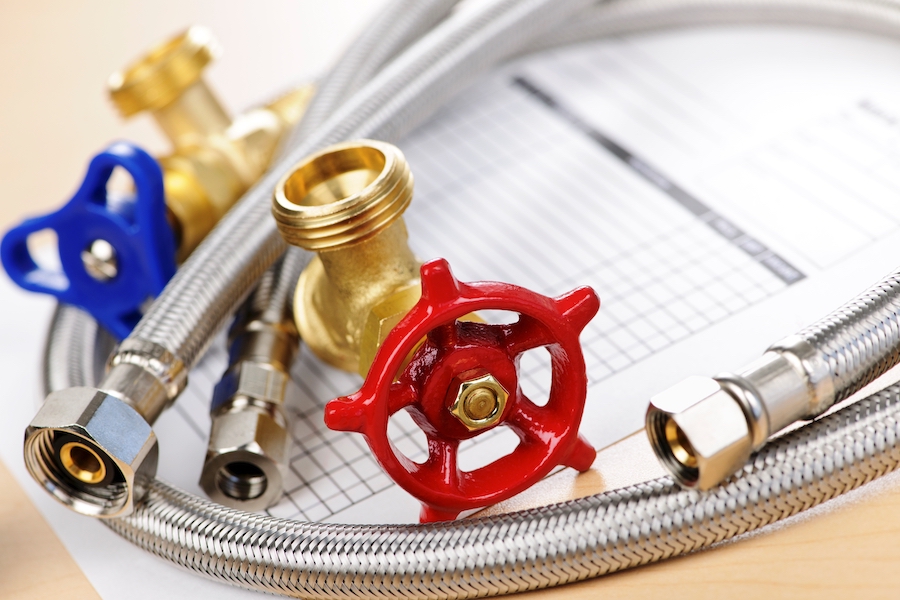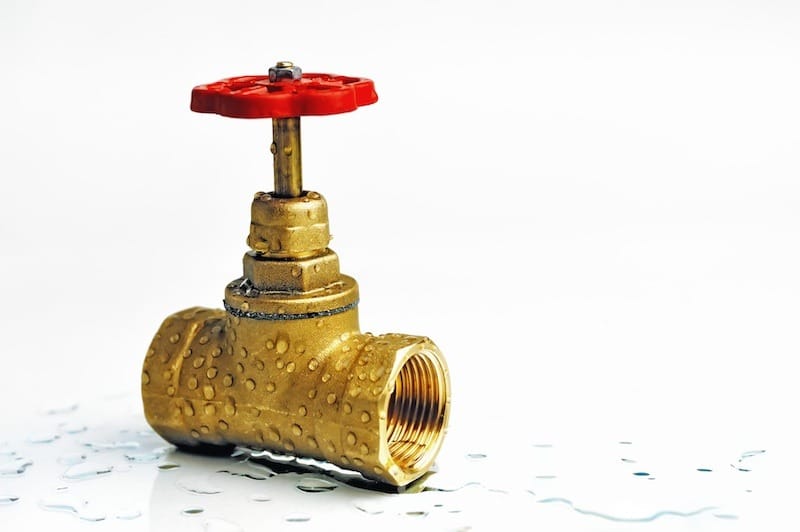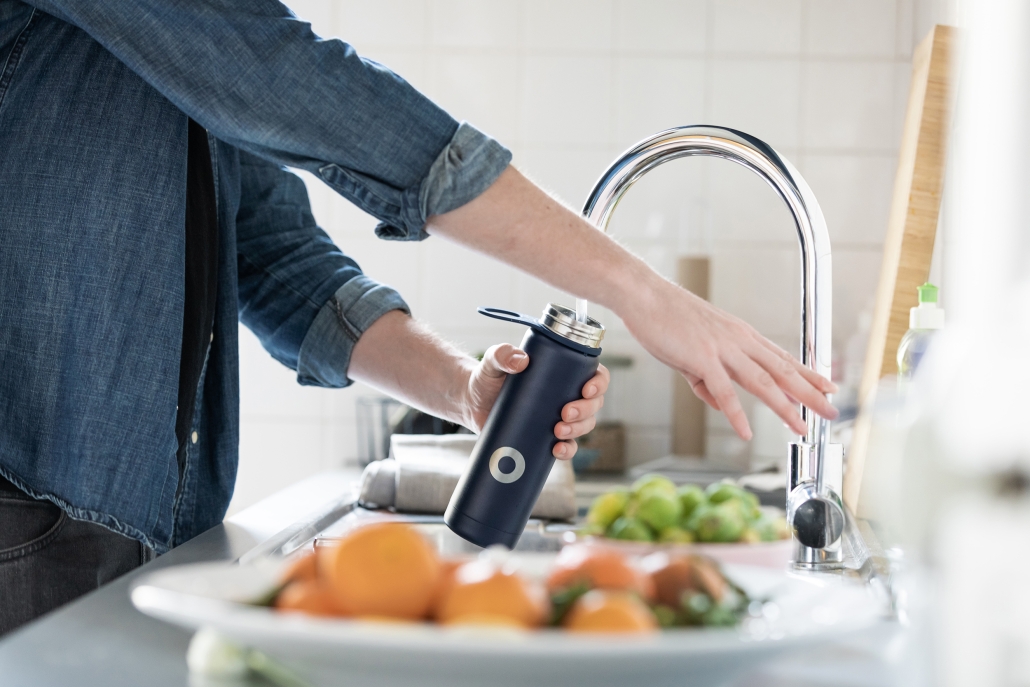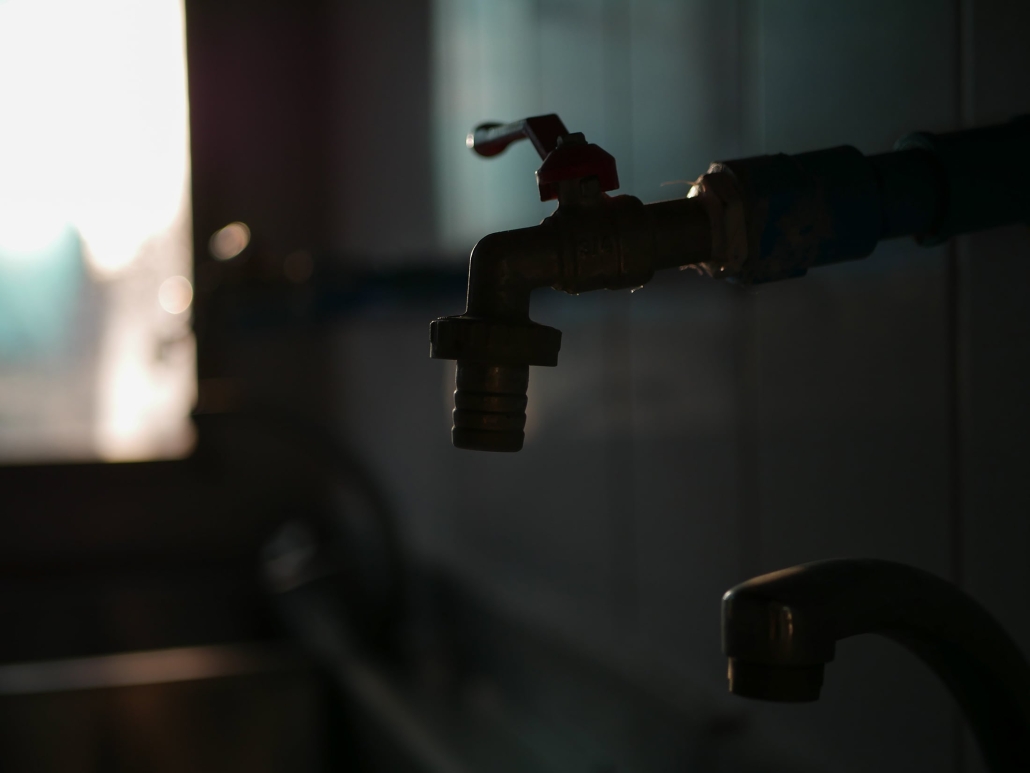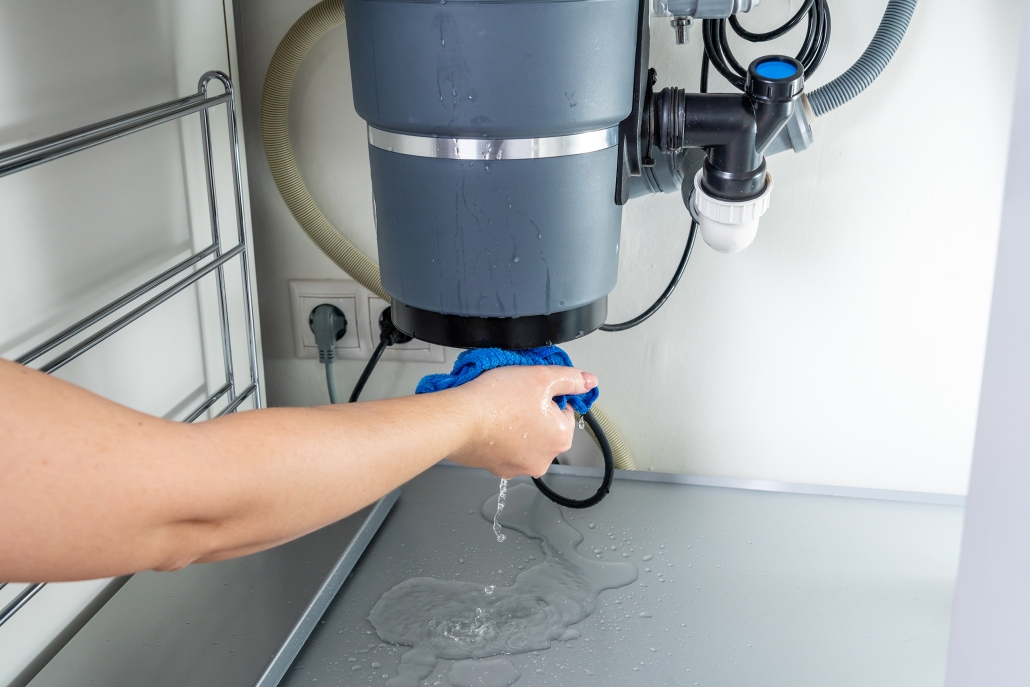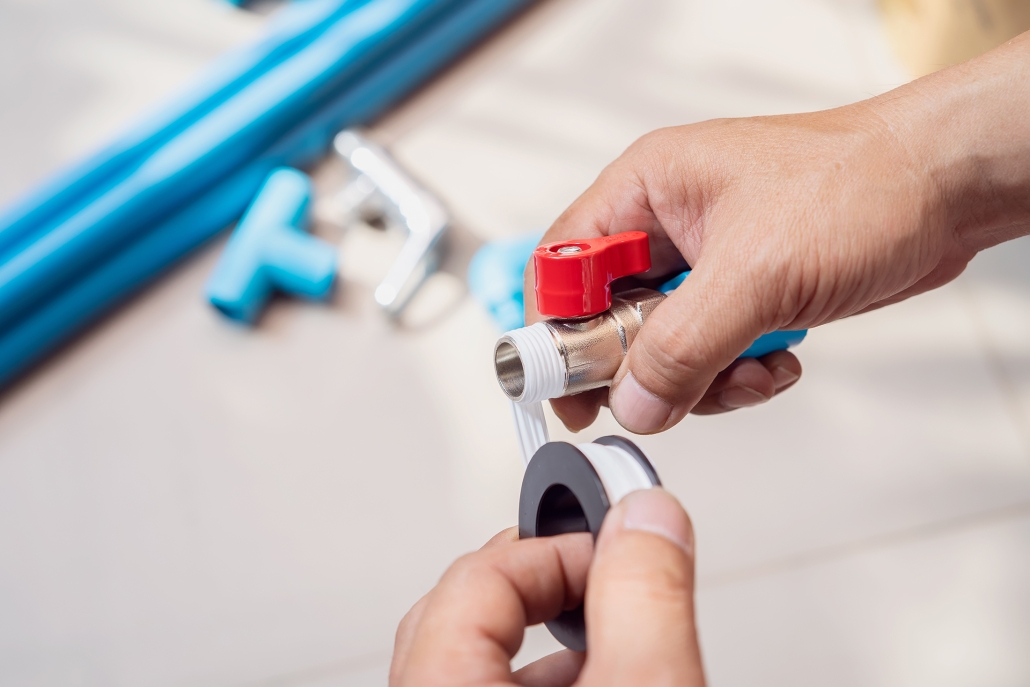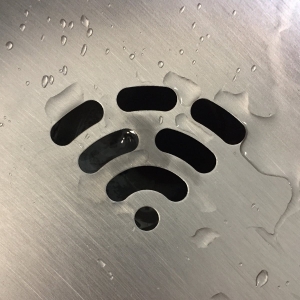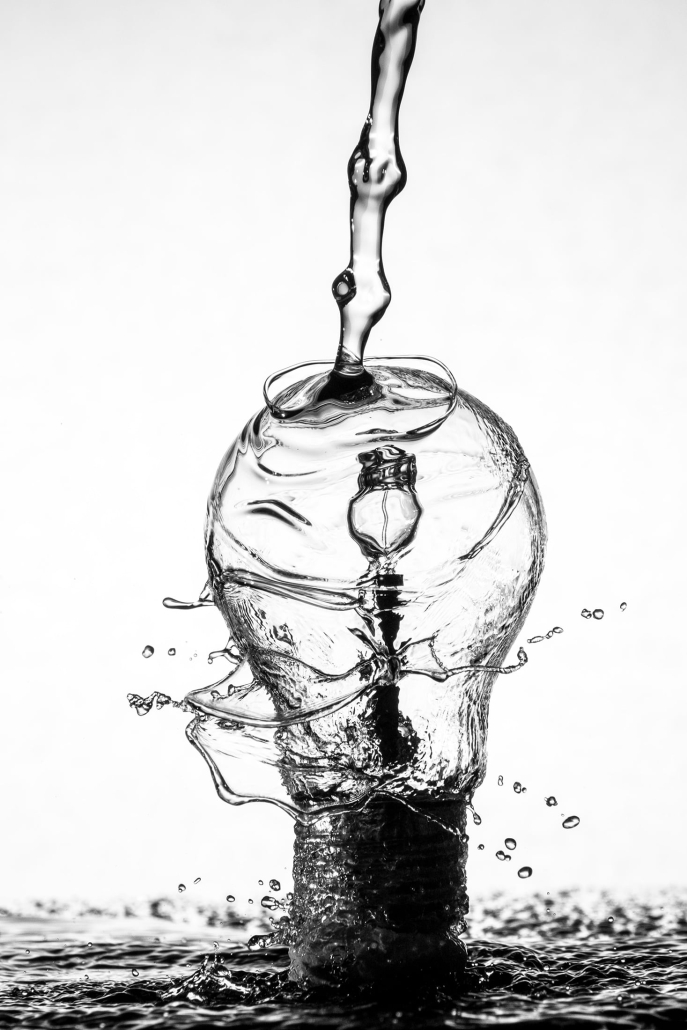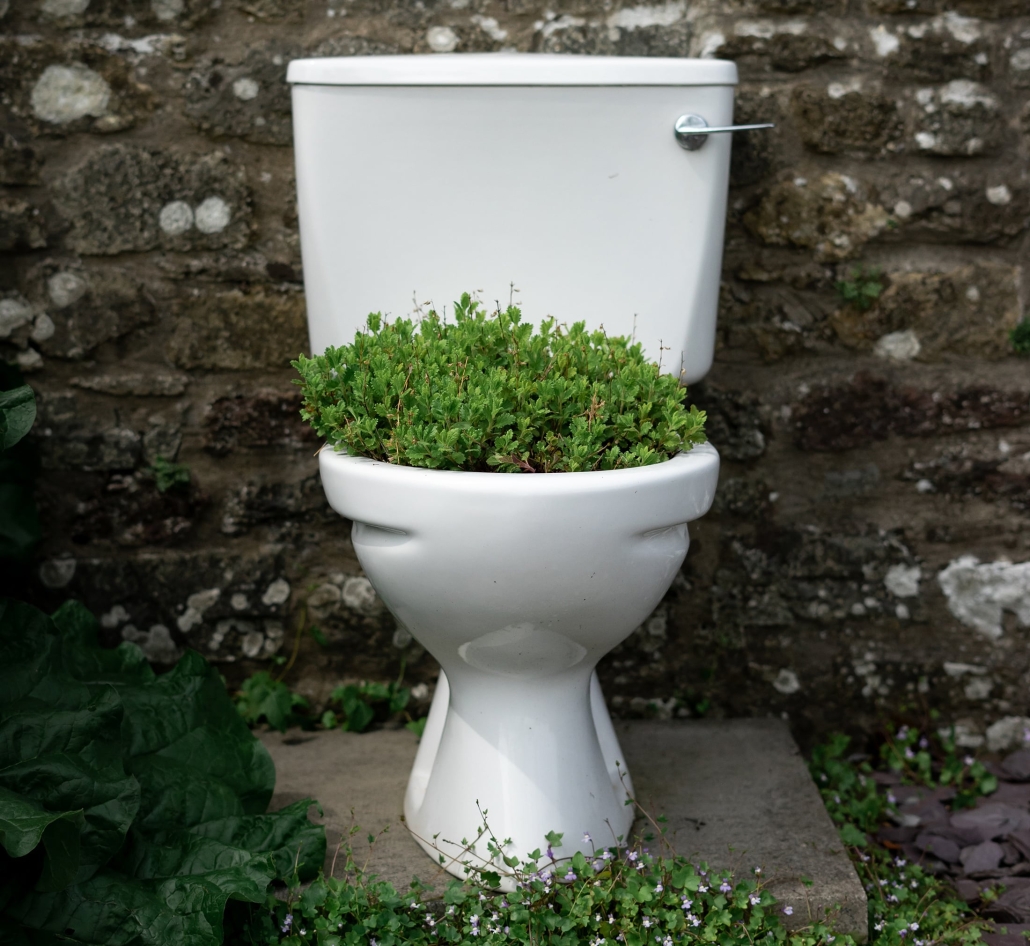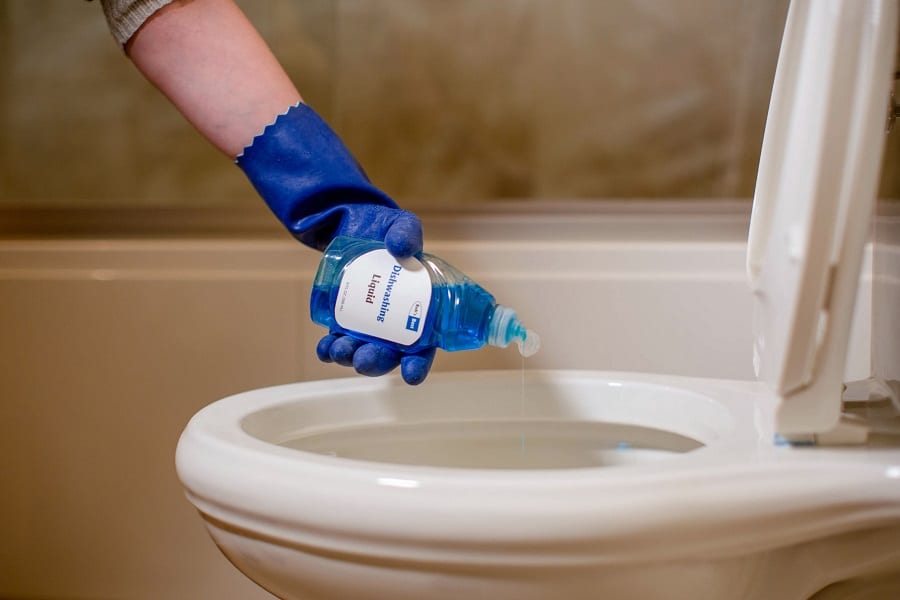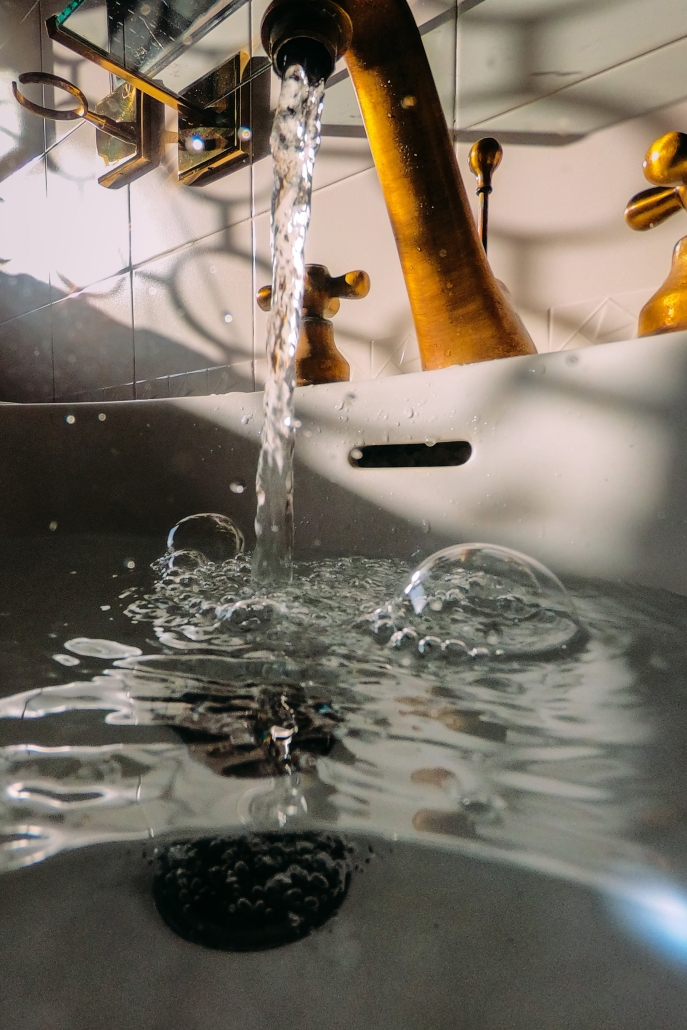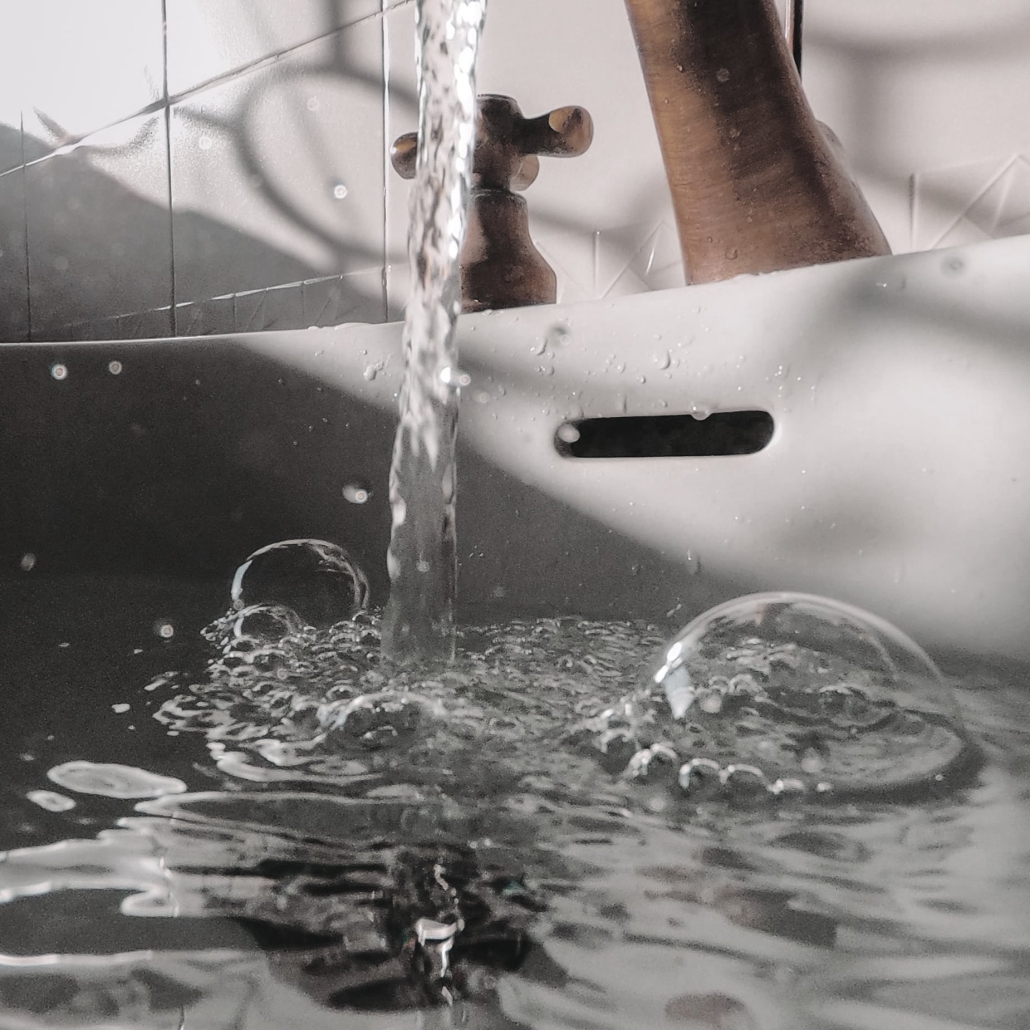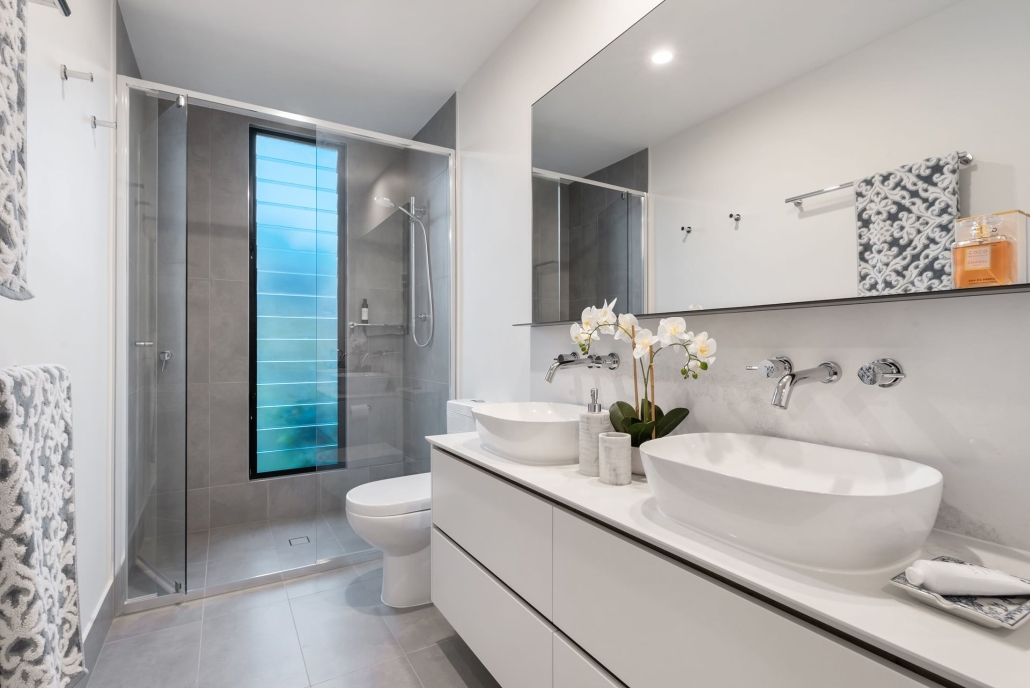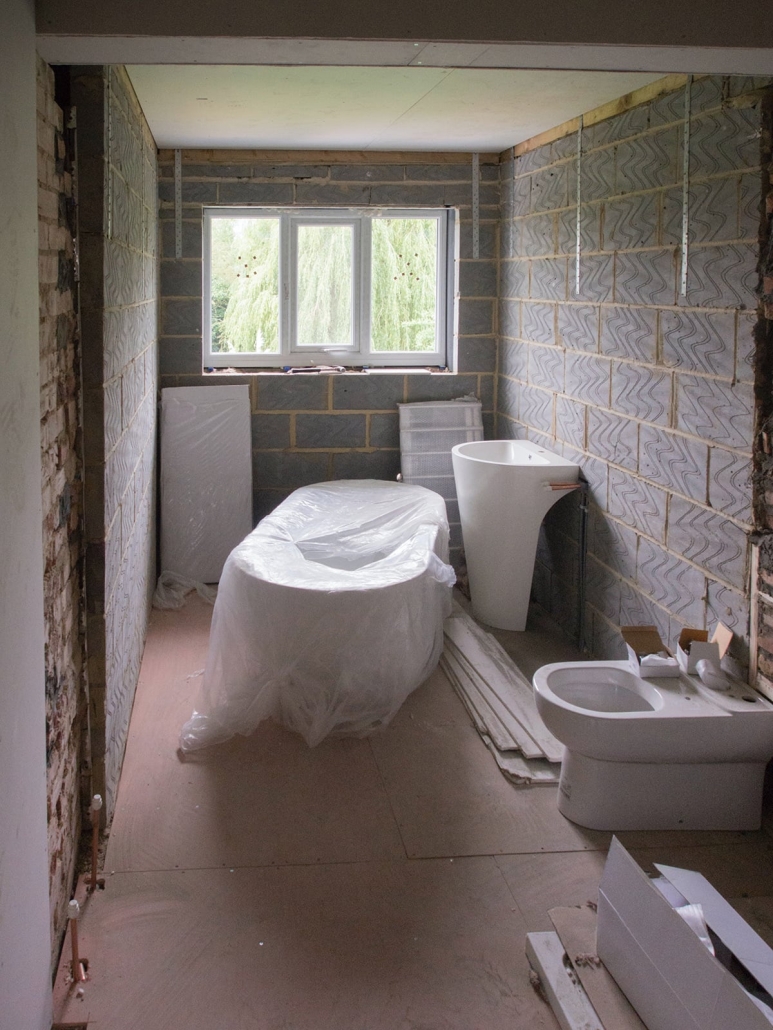The Effects of Summer on Plumbing
The Effects of Summer on Plumbing. Summertime is a season of fun and relaxation, but it can also be when our plumbing systems are under extra strain. With increased water usage due to outdoor activities and extreme temperatures that can cause pipes to expand or contract more rapidly than usual, it's essential to take the necessary precautions to protect your plumbing system during the summer months. From inspecting your pipes for any cracks or leaks before summer hits to wrapping exposed pipes in insulation or covering them with shade, there are many things you can do now that will help save you time and money.
As the temperature rises, there's a lot of talk about how summer can affect our bodies and minds. But what about our plumbing? Summer can significantly affect your plumbing system's condition – from increased water usage to potential breakdowns due to extreme temperatures. Let's look at summer's effect on our plumbing systems to understand these implications.
One way that summer affects our plumbing is through increased water use. With longer days and warmer weather, it's common for people to spend more time outdoors doing activities such as swimming, gardening, and washing their cars. This increased outdoor activity means more water is being used from your home's plumbing system than usual. If you're not careful, this can cause strain on your plumbing and even lead to a broken pipe.
Summer can also affect the condition of your pipes due to extreme temperatures. Pipes exposed to direct sunlight can experience higher-than-normal or even average temperatures, which can cause them to expand and contract more rapidly than usual. This stresses the lines and increases their chances of cracking or bursting, leading to costly repairs. Wrap any exposed pipes in insulation or shade them with some covering to reduce this risk.
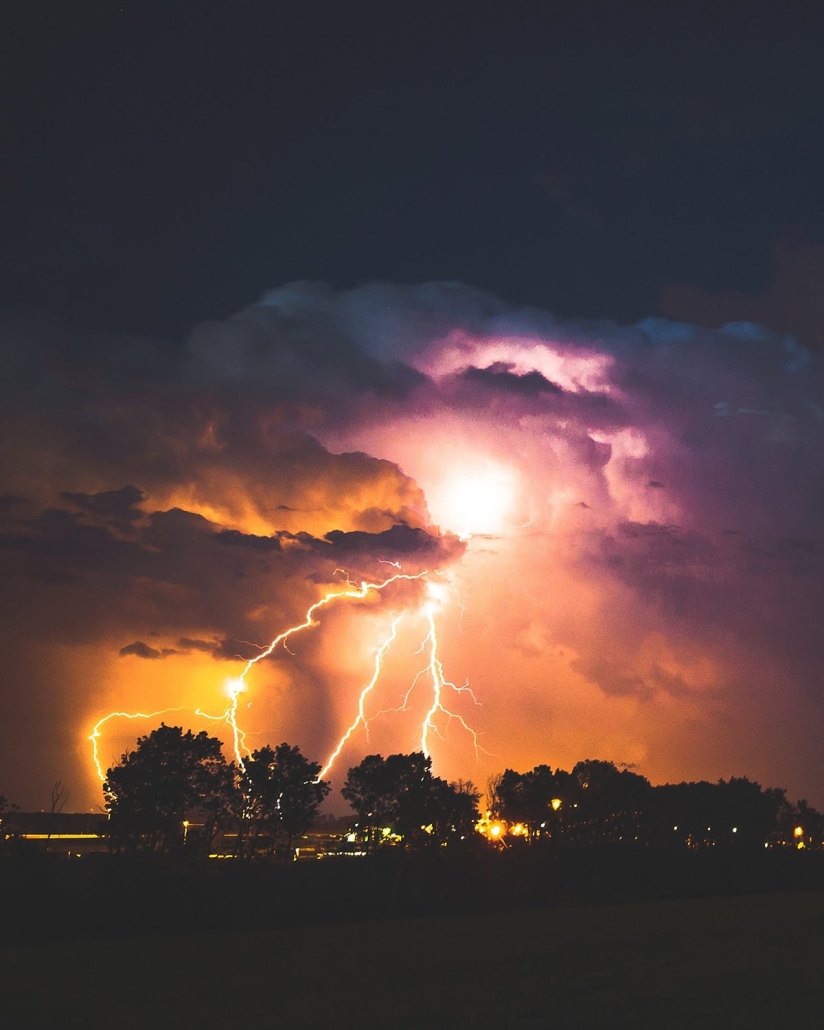
It's also important to know how summer storms affect your plumbing system.
It's also important to know how summer storms affect your plumbing system. Heavy rainfalls often result in flooding, quickly leading to sewer backups or overflows. If you haven't had your pipes checked by a plumber in a while, now is the time to do so – it's best to be prepared for the worst rather than scrambling when it happens.
Finally, summertime can mean more pests are entering our homes. Ants, cockroaches, and rodents are all drawn to water sources like sinks and toilets. To prevent these critters from entering your home through the plumbing system, ensure all drains are securely covered and any leaks are immediately fixed.
Overall, summertime can significantly affect our plumbing systems if we don't take the necessary precautions. Taking steps such as wrapping exposed pipes in insulation or fixing any leaks can help reduce the risk of costly repairs. Taking care of your plumbing system now can save you time and money – so don't hesitate to have a plumber inspect your home before summer rolls around!
As always, it's best to be proactive when caring for your plumbing system. From increased water usage to extreme temperatures, many potential pitfalls come with adjusting our lives during summertime. Remember these tips this season, and your plumbing system will thank you!
So don't hesitate – start taking care of your plumbing system today!

